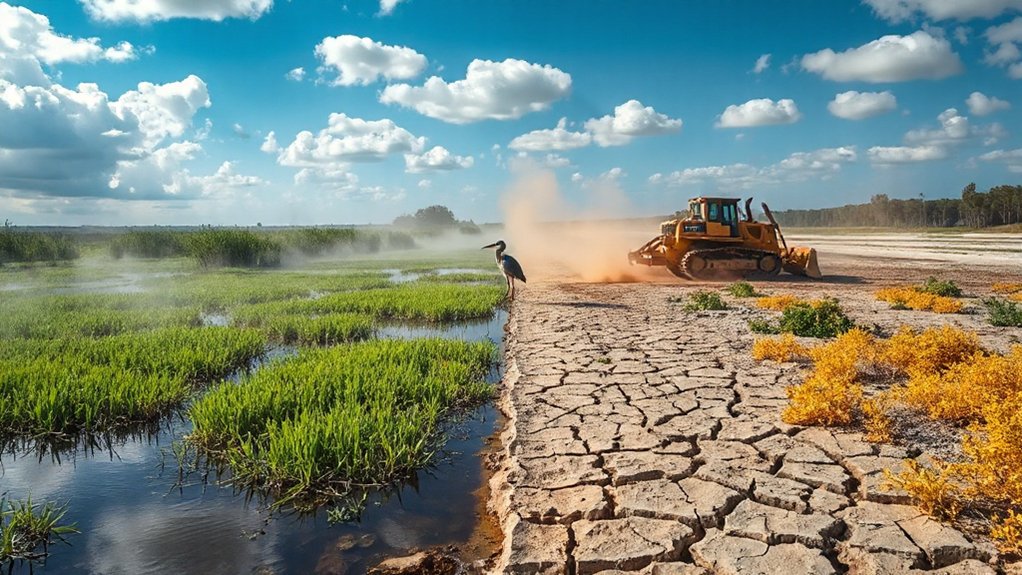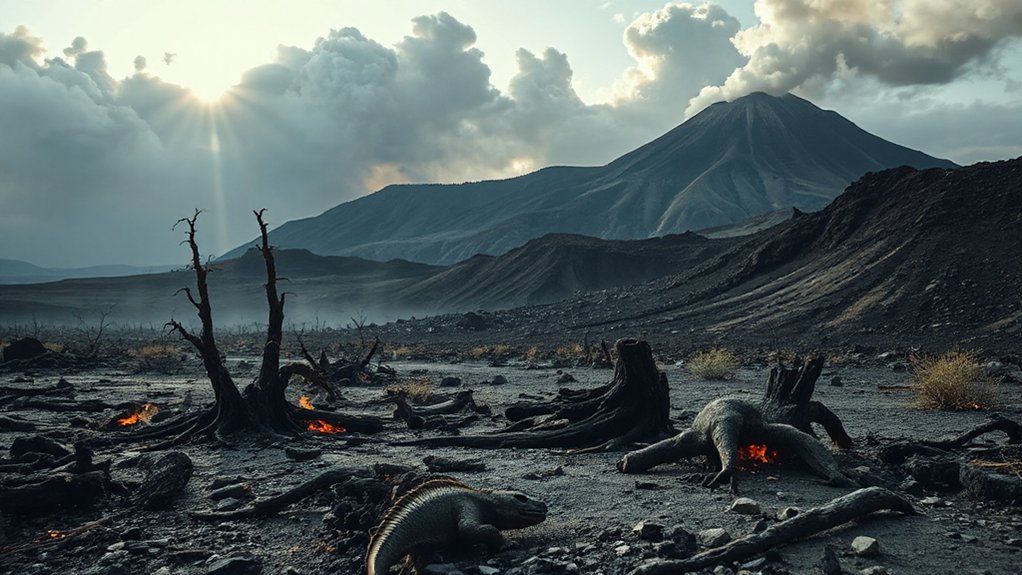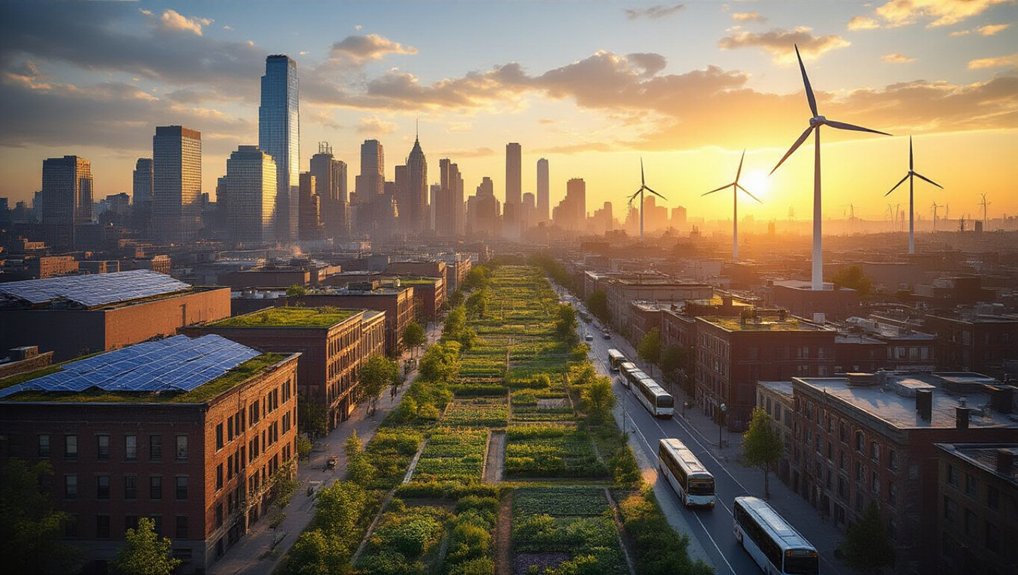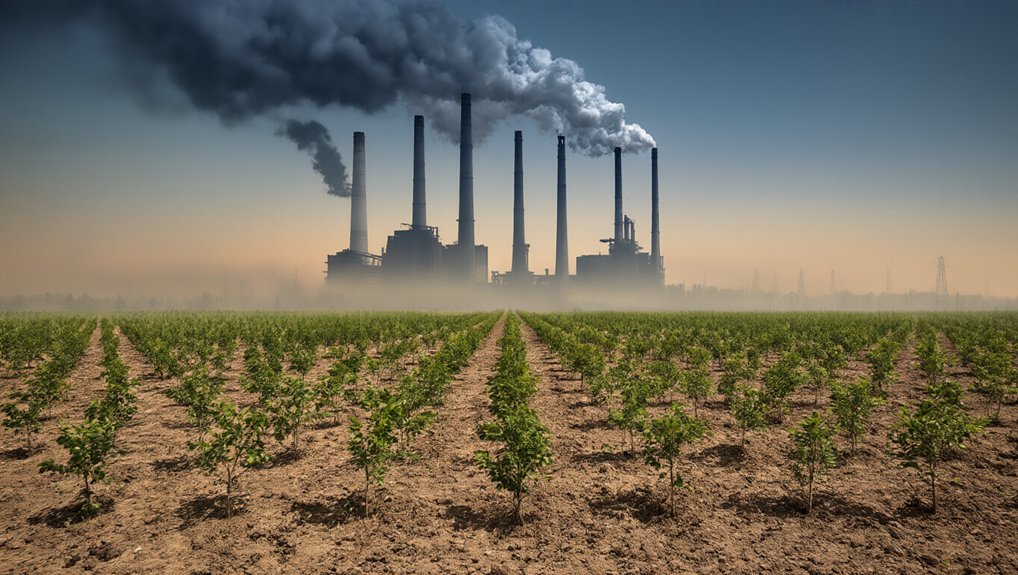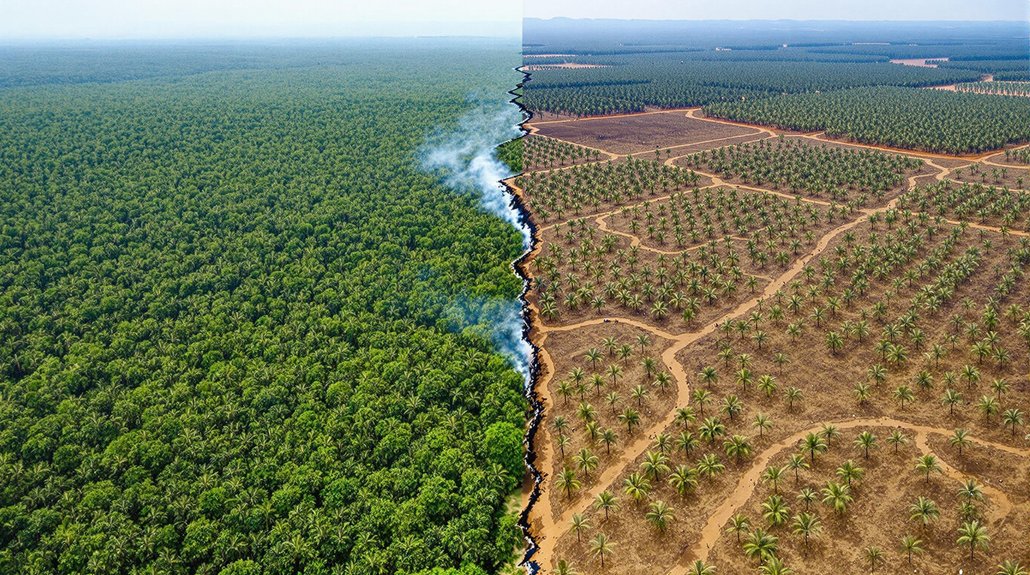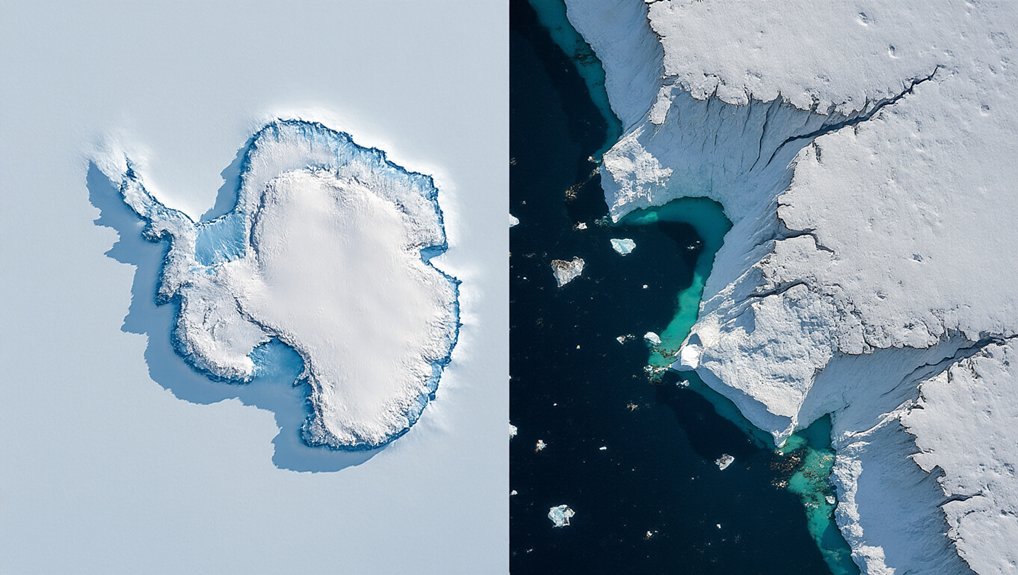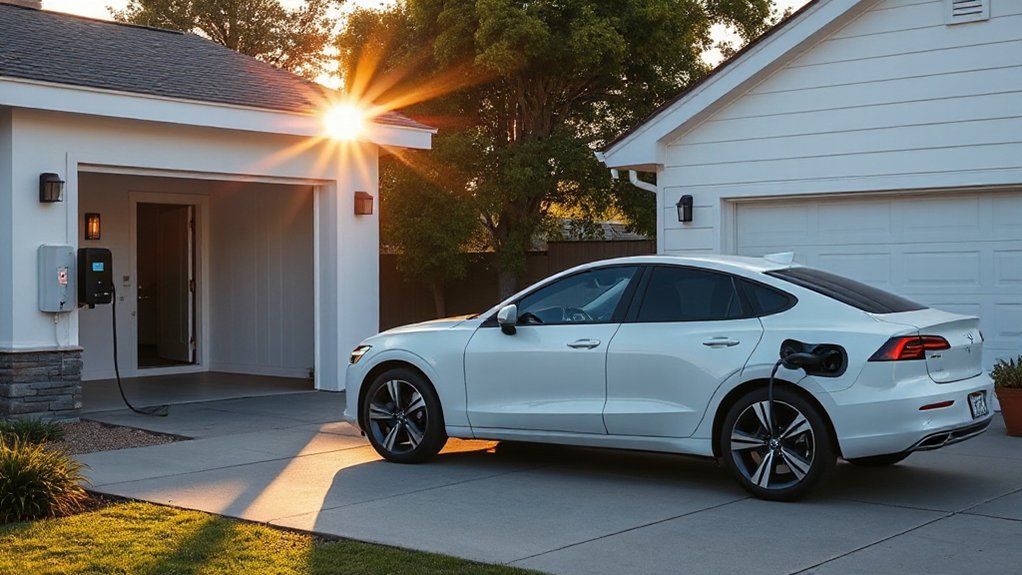As the federal government rolls back protections for millions of acres of wetlands, environmental advocates are sounding alarm bells nationwide. The EPA and U.S. Army Corps just dropped a bombshell in March 2025, introducing new guidance that dramatically narrows which wetlands qualify for federal protection.
The kicker? Only wetlands with “continuous surface connection” to jurisdictional waters make the cut now.
Only wetlands with permanent water connections get federal protection—the rest are now fair game for developers.
This isn’t some minor paperwork shuffle. It’s a fundamental redefinition that strips federal safeguards from essential ecological areas. Previous interpretations allowing ditches, pipes, or swales to establish jurisdiction? Gone. Poof. Like they never existed.
The changes stem from the 2023 Supreme Court decision in *Sackett v. EPA*, which basically told federal regulators to back off certain wetlands. Property rights folks are celebrating. Environmentalists? Not so much.
The November 2025 proposed rule aims to cement these limitations into law. It’s pretty straightforward: no continuous wet-season surface water flowing directly into a protected waterway? Sorry, you’re out of luck. No federal protection for you!
Let’s be real—this isn’t just bureaucratic reshuffling. Millions of acres of wetlands vital for flood control, water filtration, and wildlife habitat now sit vulnerable to development and pollution.
These aren’t just puddles we’re talking about. They’re ecological powerhouses.
States still have authority to protect these areas, but will they? Many follow federal cues, and developers aren’t exactly shy about applying pressure for looser regulations. The Trump Administration’s interim guidance serves as a placeholder while they analyze and develop new regulations that could further reshape wetland protections.
Six public listening sessions are scheduled as part of the effort to gather stakeholder input on implementation of the rule changes.
The public comment period offers a chance for pushback, but the direction is clear. The feds are stepping back from their traditional role as wetland guardians.
What happens when seasonal wetlands get paved over for parking lots? When isolated wetlands become waste dumps? Guess we’ll find out.
Because one thing’s certain—the federal shield that once protected these essential ecosystems is now considerably smaller. And that’s no minor drip in the environmental bucket.
